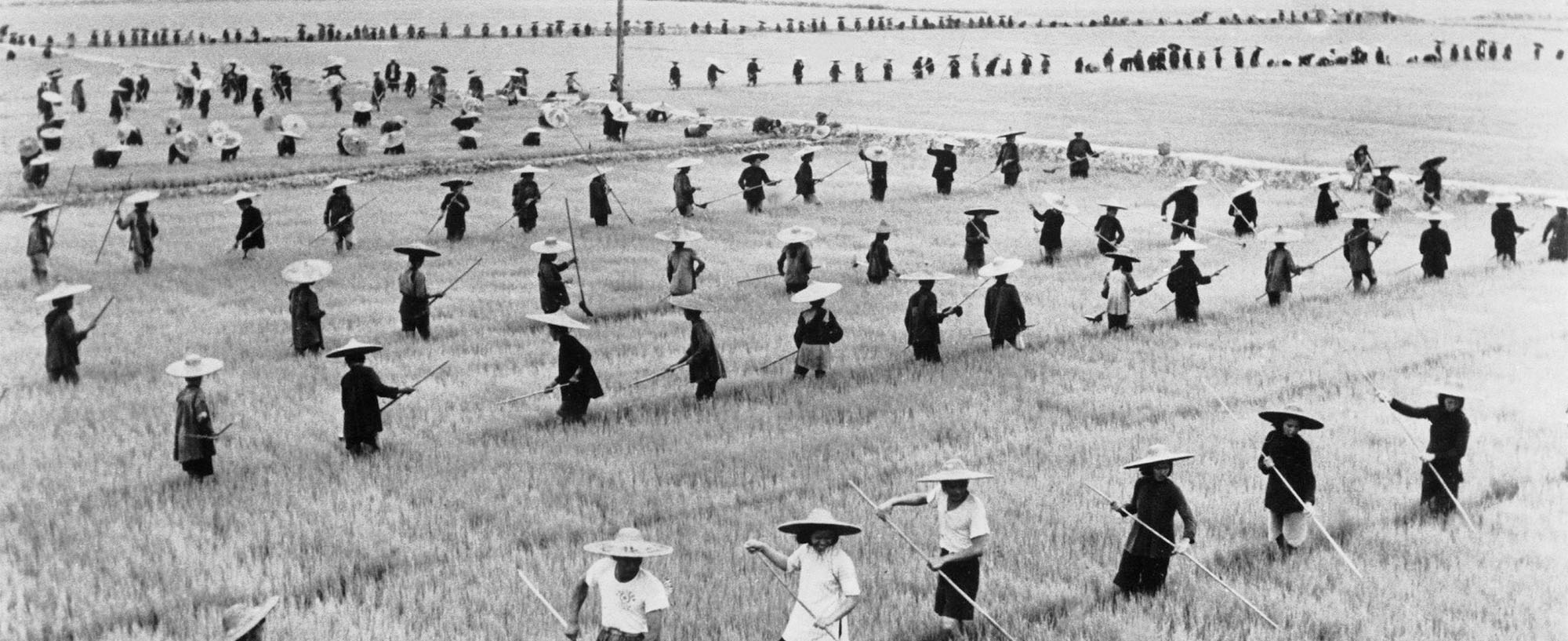


When the Communist Party took power in 1949, China's largely agrarian economy lagged behind the economies of industrialized nations. Influenced by the success the Soviet Union's centralized economic planning, Mao introduced the first Five-Year Plan in 1953, which aimed to increase economic growth with an emphasis on industrial development at the expense of agriculture. The Soviet Union helped China formulate its plan. Soviet engineers, technicians and scientists assisted in the development of new heavy industrial facilities, and equipment and plants were purchased from the Soviet Union.
Under the Five-Year Plan, privately-owned enterprises were gradually brought under government control or converted into joint public-private companies. By 1956, 67.5 percent of all modern industrial enterprises were state-owned, and 32.5 percent were under joint public-private ownership. No privately-owned firms remained.
Under the planned economy, agriculture also underwent extensive organizational changes. Prior to the Communist Party's takeover, landowners hired peasant tenant farmers to work the land, as in a feudalistic system. After the civil war, land belonging to landlords or wealthier peasants was redistributed among poorer peasants, and under the Five-Year Plan, farmers were encouraged to organize large, socialized collectives to improve efficiency. Collectivization was incremental. In 1949, the policy established 'mutual-aid teams' of 5-15 households, then in 1953 'elementary agricultural cooperatives' of 20-40 households, and in 1956, 'higher cooperatives' of 100-300 families. By 1957, about 93.5 percent of all farm households had joined cooperatives.
China's first Five-Year Plan was successful in increasing the country's economic growth and expanding key industries, including iron, steel and coal production and machine building. It also initiated China's shift towards a socialism. Industrial production increased at an average annual rate of 19% between 1952-1957. This success would set the stage for an even more aggressive plan for economic development.